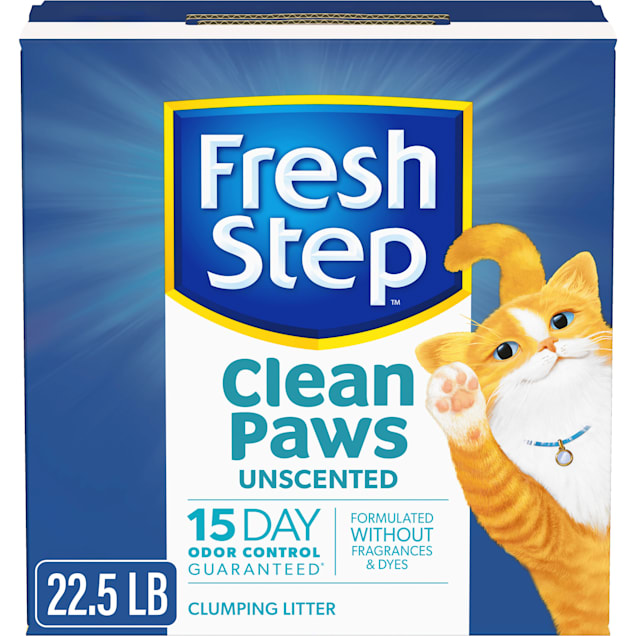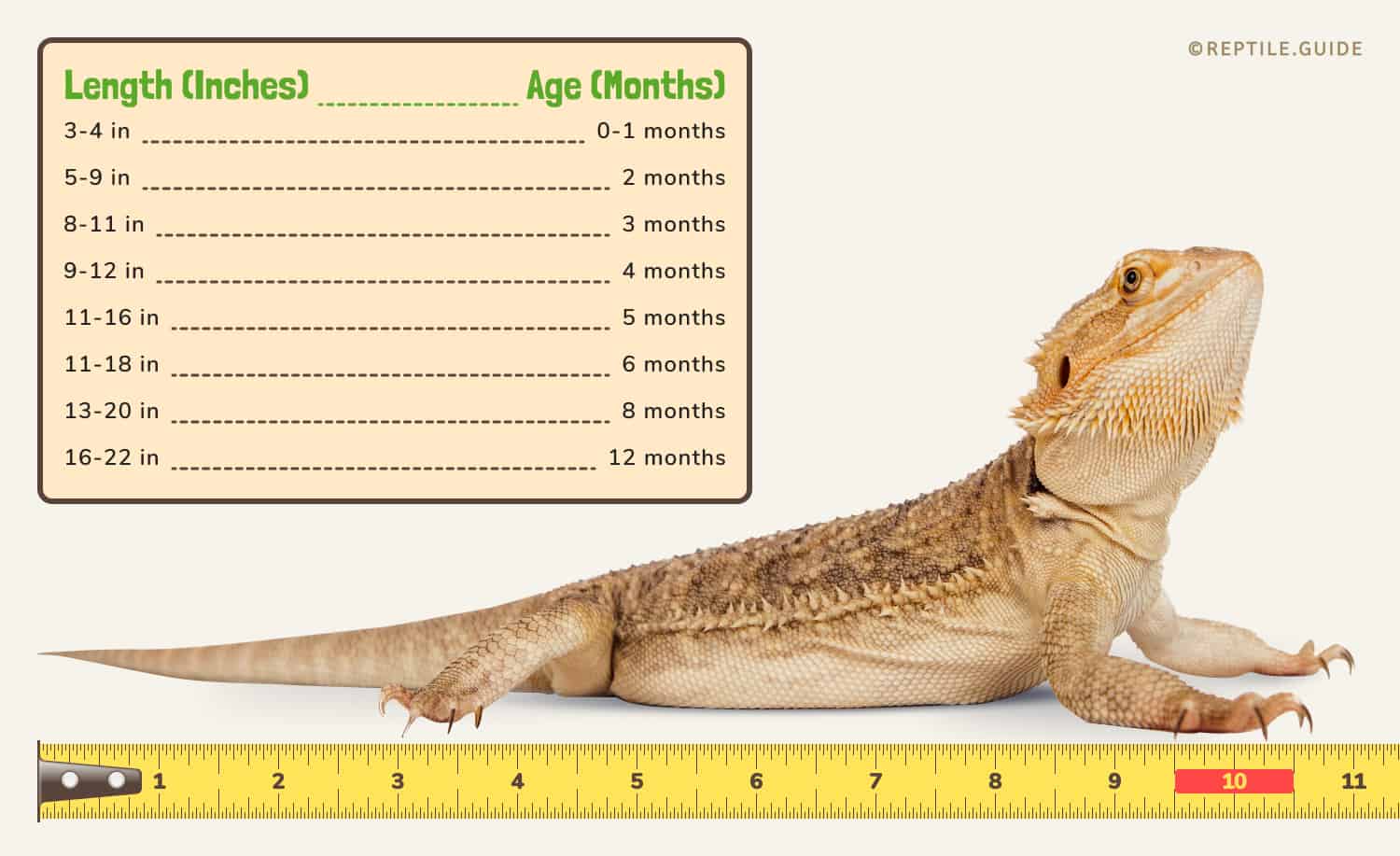Physical Address
304 North Cardinal St.
Dorchester Center, MA 02124
To clean bearded dragon poop, use a paper towel to remove and discard the waste, then sanitize the area with a reptile-safe cleaner. Proper waste removal is essential for your pet’s health and hygiene.
Bearded dragons, popular reptile pets, excrete waste regularly, which requires regular cleaning to maintain a clean and healthy habitat. Cleanliness not only promotes a safe environment for your pet but also prevents the spread of bacteria and odors in their habitat.
By following the necessary cleaning steps, you can ensure a comfortable and hygienic living space for your bearded dragon. Regular cleaning routines also help in monitoring your pet’s health and overall well-being, making it a crucial aspect of responsible reptile care.
Importance of Cleanliness:
Keeping your bearded dragon’s enclosure clean is essential for its overall health and well-being. Regularly cleaning your pet’s poop not only ensures a clean living environment but also plays a crucial role in preventing infections.
Regular cleaning of bearded dragon poop promotes a healthy habitat and reduces the risk of illnesses.
Maintaining cleanliness in the enclosure helps prevent bacterial and parasitic infections.
When it comes to cleaning up after your bearded dragon, having the right supplies on hand is essential. Making sure you have everything you need will make the process more efficient and effective, allowing you to maintain a clean and healthy habitat for your pet.
Having the right substrate is crucial for easy cleanup. Choose substrate that is easy to clean and replace, such as reptile carpet or tile.
Select safe cleaning agents that are pet-friendly and effective. Avoid harsh chemicals that can be harmful to your bearded dragon.
Before using any cleaning agent, ensure it is safe for use around your pet.
| Supplies | Description |
|---|---|
| Soft-bristled brush | For scrubbing surfaces |
| Paper towels | For quick cleanups |
| Gloves | For protection |
When it comes to cleaning up after your bearded dragon, preparing the environment is a crucial first step. This involves removing the dragon from its habitat and setting up a designated cleaning area where you can safely and efficiently clean up the poop. By taking the proper steps to prepare the environment, you can ensure a hygienic and stress-free cleaning process for both you and your pet.
To begin the cleaning process, carefully remove your bearded dragon from its habitat and place it in a secure and comfortable temporary enclosure. Be sure to handle your pet with gentle and steady movements to minimize stress and ensure its safety during the cleaning procedure.
Once your bearded dragon is safely secured, it’s time to set up your cleaning area. This should be a designated space that is easy to clean and disinfect, such as a plastic tub or a tarp-covered table. Make sure the area is well-ventilated and away from any food preparation or consumption areas to prevent cross-contamination.

Credit: www.petco.com
Removing the waste from your bearded dragon’s enclosure is an essential part of maintaining a clean and healthy habitat for your pet. Regular cleaning helps minimize odors and keeps your bearded dragon safe from bacterial and fungal growth. In this article, we will discuss the step-by-step process of removing both solid waste and urine from the enclosure. Let’s start by scooping solid waste.
When it comes to cleaning up solid waste, it’s important to have the right tools on hand. Using a reptile-friendly scoop, carefully remove the feces from the enclosure. Be sure to wear disposable gloves to protect yourself from any potential bacterial contamination. Place the waste into a trash bag, seal it tightly, and dispose of it properly.
If you’re dealing with dried or stuck-on feces, a gentle scrub with warm soapy water can help loosen it. But be cautious not to use any harsh chemicals or abrasive cleaners, as these can be harmful to your bearded dragon’s sensitive skin.
Cleaning the urine in your bearded dragon’s enclosure is vital to maintain a clean and hygienic environment. Here’s how you can effectively handle it:
Remember to wash your hands thoroughly after handling any waste to prevent the spread of bacteria. By following these simple steps, you can keep your bearded dragon’s enclosure clean and safe, promoting their overall well-being.
Keeping your bearded dragon’s habitat clean and sanitary is important for its health and wellbeing. Regular cleaning and sanitizing help prevent the spread of germs and maintain a hygienic environment for your pet. In this section, we will discuss the proper methods for scrubbing surfaces and disinfecting the habitat to ensure optimal cleanliness.
When it comes to cleaning bearded dragon poop, scrubbing the surfaces is a crucial step. Whether it’s the floor of the enclosure or the rocks and branches inside, thorough scrubbing helps remove any remaining residue and eliminates the odor. Follow these steps to effectively scrub the surfaces:
By following these steps, you can ensure that the surfaces of your bearded dragon’s habitat are clean, removing any potential bacteria or germs that may have been present.
After scrubbing the surfaces, it is essential to disinfect the habitat to kill any remaining pathogens or bacteria. Disinfection helps maintain a healthy and safe environment for your bearded dragon. Here are the steps to sanitize the habitat:
With proper disinfection, you can ensure that your bearded dragon’s habitat is free from harmful bacteria and provides a safe and healthy living space for your pet.

Credit: www.amazon.com
Cleaning bearded dragon poop becomes effortless with our simple guide on replacing substrate. Keep your pet’s habitat clean and hygienic!
The type of substrate you choose for your bearded dragon's enclosure plays a crucial role in maintaining cleanliness and hygiene. When selecting a substrate, consider factors such as absorbency, ease of cleaning, and compatibility with your pet's natural behavior. Opt for non-toxic, dust-free materials such as reptile carpet, paper towels, ceramic tiles, or non-adhesive shelf liners. Avoid loose substrates like sand and wood chips that may pose health risks if ingested.
Once you've chosen the appropriate substrate for your bearded dragon's habitat, it's vital to ensure its proper placement within the enclosure. Lay the substrate evenly across the bottom of the tank, avoiding any lumps or uneven surfaces that could make cleaning more challenging. Additionally, ensure that the substrate is securely fixed in place to prevent your bearded dragon from digging it up and creating a mess. Regularly check the substrate's condition and replace it as needed to maintain cleanliness and hygiene.
When it comes to cleaning your bearded dragon’s poop, monitoring hygiene is crucial. By staying on top of cleanliness, you can ensure your pet’s health and well-being.
When it comes to caring for your bearded dragon, it is important to recognize the signs of illness and seek veterinary advice promptly. Consulting a reptile vet can help ensure the proper treatment and care for your pet.

Credit: reptile.guide
In the end, cleaning bearded dragon poop is a necessary task for their health and your living environment. By following the steps outlined in this guide, you can ensure a safe and clean habitat for your pet. Regular upkeep is essential for maintaining a happy and healthy bearded dragon.